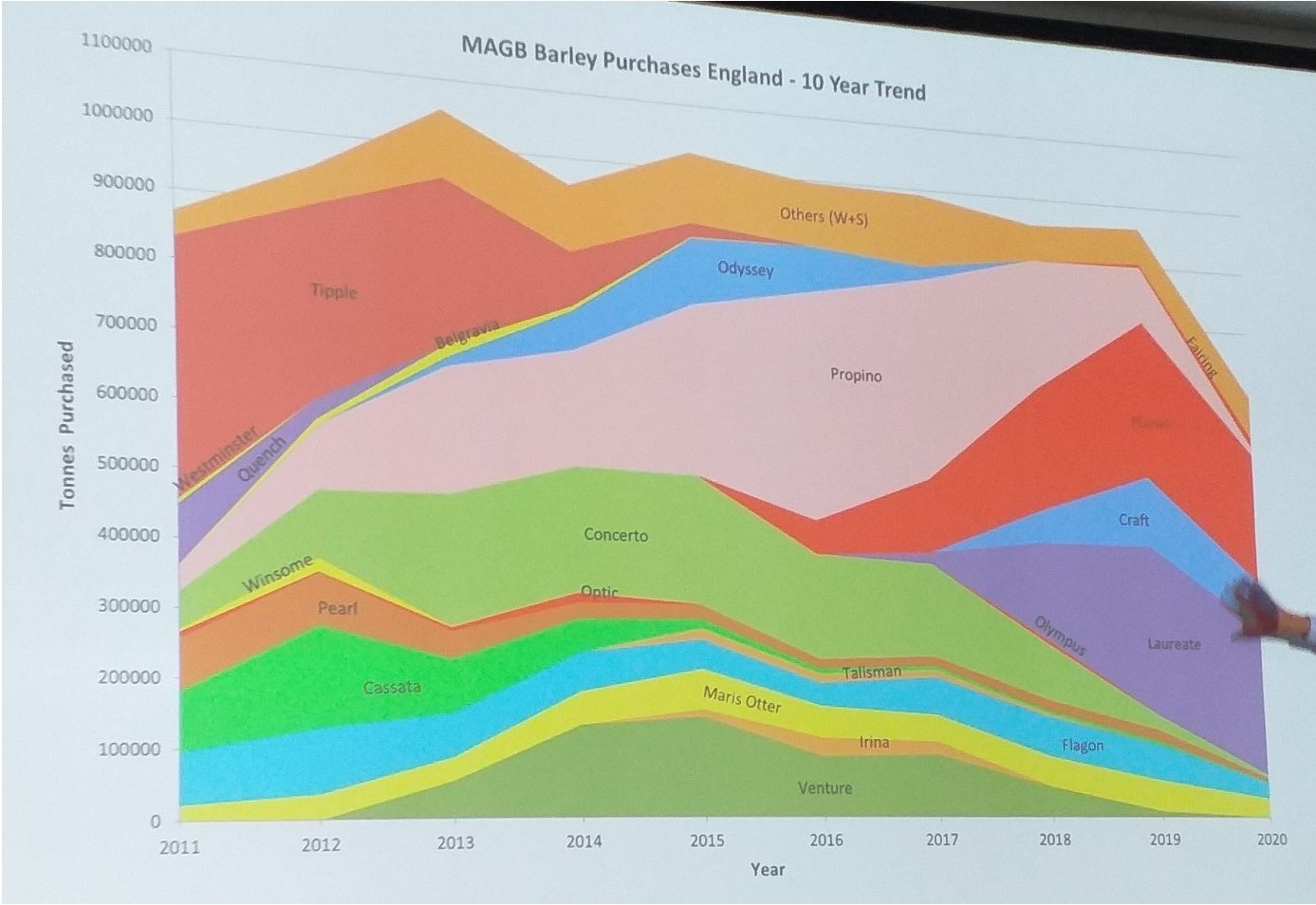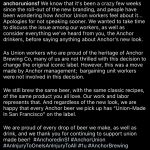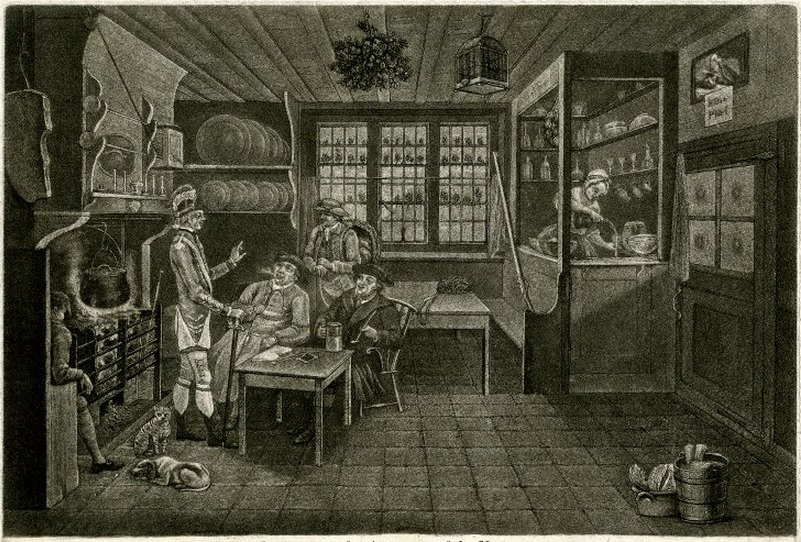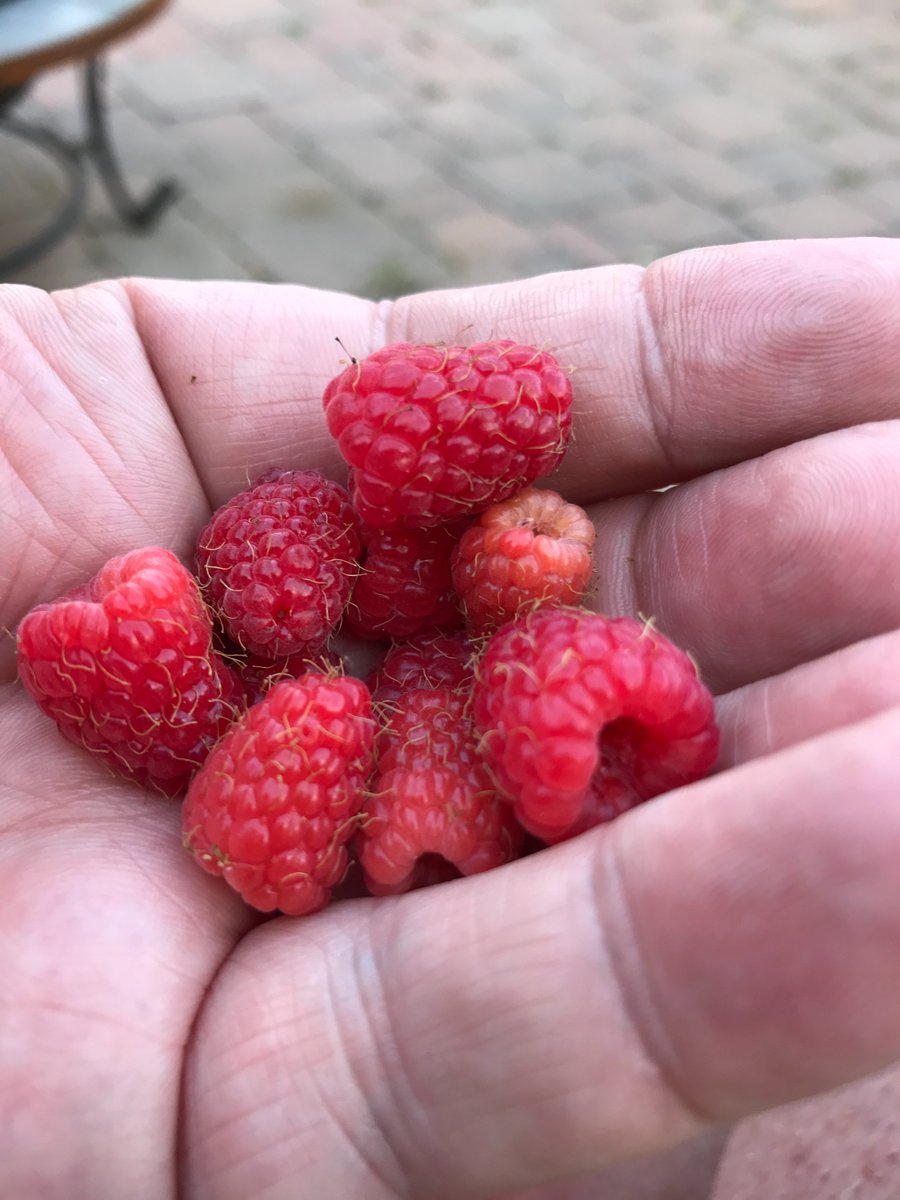 Beer season. This right here. This week. This is the week in all the beer ads. Mid-July. No “Back to School” sale ads on the TV yet and no freak snow storm hits Manitoba” news items of the Weather Network. Right here. Right now. The moment of beer. Perfect. I spent a similar perfect summer night, the night before last, stuck at the site of that weird weekend seven years ago with Ron Pattinson and hairy Jordan, when I stayed at an airport hotel full of wedding parties to save a buck. Well, I had to see my middle kid off on a plane so it only made sense to stay at the same place, right? No. Odd seeing the formerly jammed hotel essentially devoid of people. And devoid of services like food. I also had a work meeting from 5:30 to 10:45 in the evening by Zoom which was also odd to do in a hotel room. I don’t know how any of that relates to my new favourite web thing, pictures of dogs people have rescued that are really coyotes but there you go.
Beer season. This right here. This week. This is the week in all the beer ads. Mid-July. No “Back to School” sale ads on the TV yet and no freak snow storm hits Manitoba” news items of the Weather Network. Right here. Right now. The moment of beer. Perfect. I spent a similar perfect summer night, the night before last, stuck at the site of that weird weekend seven years ago with Ron Pattinson and hairy Jordan, when I stayed at an airport hotel full of wedding parties to save a buck. Well, I had to see my middle kid off on a plane so it only made sense to stay at the same place, right? No. Odd seeing the formerly jammed hotel essentially devoid of people. And devoid of services like food. I also had a work meeting from 5:30 to 10:45 in the evening by Zoom which was also odd to do in a hotel room. I don’t know how any of that relates to my new favourite web thing, pictures of dogs people have rescued that are really coyotes but there you go.
OK. Enough! Let’s get right to the good beer reading. There was a most thoughtful article on saison published by Joe Stange in Beer and Brewing. It provides great insight as to the methodology he recommends for formulating a beer. Like this passage about grain options:
Chucking in different grains is fully in the spirit of saison. Keep it intentional: Know what malted or unmalted grains are going to do to your flavor and body, and choose them based on the profile you want. Wheat and spelt can bring softness and nutty, lemony notes, for example. Rye tends to bring peppery notes along with a certain smoothness. Or keep it clean and bright—Saison Dupont, after all, is brewed with 100 percent pilsner malt.
Know. Great word choice. Best line: “I’ve never had a saison that was more drinkable because of spices, but I’ve had many that would’ve been more drinkable without them.”
Top tier side interest from Katie Mather – Speedway!
I was delighted to find Shove it, Chuck it, Toss it… a blog about English pub games, a topic near to my heart and largely distant from my experience. Consider this detailed description of The Princess Royal in Taunton, Somerset including facts facts facts like this:
With social distancing rules in place for another couple of weeks at least, pubs of all sizes are having to be very careful and creative around the potential for crowding, particularly during large sporting events like the EUROs. Some of the more traditional West Country pubs are better equipped than most to deal with these issues thanks to their (currently mothballed) Skittle Alleys. The Princess Royal is one such pub, with a substantial Twin Skittle Alley/Function Room that’s currently being put to good use as an overspill to the main bar when things get a bit too busy.
Staying in Britain* I spotted this excellent observation on the state of cask ale from El Mudgeo:
You might well think that, if cask beer is struggling, there is already an organisation ideally placed to champion and promote it, and indeed incorporates it in its name. However, over the years, CAMRA’s objectives have multiplied and become more diffuse, and cask beer itself doesn’t seem to feature very high on its list of priorities. No doubt many members will say that Marston’s beers wouldn’t be much loss anyway, while happily sipping on a keg mango sour in the craft bar. It is a touch hypocritical to claim that you are campaigning for real ale while at the same time dismissing most of it as not really worth drinking.
Excellent continuation of the story of a walk from Max:
The place I wanted to go to was about 7 km away, but the walk promised to be mostly under the sun and I just couldn’t be arsed. Fortunately, there’ s a train leaving regularly from the town’s main station that would take me (almost) there in a few minutes – it was a no-brainer. But what to do with the time I would save? Pivoing, of course; I remembered Minipivovar Labuť still had a few beers I wanted to try.
Excellent continuation of the story of Charleston:
Mr. Sammy Backman has been a family friend since I was three years old. A significant part of my upbringing took place on James Island at Backman’s Seafood, a family-owned dock and seafood market that’s been around since the late 1950s. In my life, I’ve never referred to him as anything other than “Mr. Sammy.” “Back then, Black folks didn’t own any boats. It was hard for us to get loans,” Mr. Sammy says. “My mother once paid off a $100,000 loan, only to have the bank ask for collateral when she later asked for a $10,000 loan.”
Excellent story elaboration via Twitter from Dr. Christina Wade:
We also have an Old Babylonian text from Ur, which is basically one giant insult, which among phrases like ‘’You are the one who disappears from work” and ‘you raise an afflicted hand in order to eat food’.
The Tand wrote of “the Beer Police” which is nice if only because it reminds us that folk are getting back to normal and fretting over nothings:
It is funny how tables have turned, but didn’t CAMRA with its erstwhile disapproval of keg beer, used to get the same Beer Police allegations thrown at them? For the record CAMRA is all about choice with an emphasis on cask ale. In line with that, my drinking last Thursday, with its overwhelming predominance of cask, fully complied with this. “Take that Beer Police.” The Beer Police have also been having a pop at us Bass drinkers. Liking Bass is harmless, doesn’t mean approval of Molson Coors and there are bigger beery fish to fry, so lay off.
Speaking of Ron, he discovered that Canada was in fact part of the British Empire in both the spirit and letter of the law this week:
Have you spotted my current theme yet? Obviously, it’s Canada. Only joking. IPA… Away from the topic of this post: Canadian IPA in the late 19th century. I’d forgotten that I had these. It was only when I started going through my analyses of IPAs that I spotted them. That’s the problem with having so much information. You can’t remember all of it. What strikes me is the similarity to domestic UK IPA. (Only because I was looking at those yesterday could I remember.). The Canadian versions average out a little stronger, by 3º in gravity and 0.34% ABV. While the rate of attenuation was a little lower, but still very high. Still, a striking similarity between the two sets, despite being brewed 50 years apart.
And finally, more “BrewDog sucks” news at VinePair which is really getting so common is it even really news anymore?
Posts on the shareholders-only, company-run BrewDog EFP forum, reviewed by VinePair, suggest that the brewer has at times struggled to deliver on the perks it has promised its punks. A November 2020 thread has become a 2,000-posts-and-counting clearinghouse for equity punks’ grievances, ranging from long-delayed deliveries and reduced “lifetime” discounts, to poor communication from the company in which they’ve invested. “By the way still no EFP beer after waiting nearly 2 years,” posted a frustrated punk. “For a beer company that makes beer, wastes beer, pours away beer, makes more beer … is it really too much to send said beer to it’s [sic] shareholders as promised?”
Yes, it is too much. Because that was not the point of giving them money.
Contrary-wise to all the foregoing, have you noticed the over use and misuse of “nuance” in beer chit-chattery? It seems to be getting worse. Tends to ultimately mean “my point is not being well made” as far as I can tell. In this moment, the second and third level writers** (none of which are mentioned above) seem to be jockeying*** a bit like the first level ones did not long after Michael Jackson died. That was more subtle. Folk suddenly added “top beer writer” to their web bios. Within days. “Top not dead beer writer” was more like it. Anyway – and as with “leading” – I think “nuance” is a marker of some sort. But what? Jockeying for the small cheques docile compliance offers? And how does it relate to finding yourself washing a coyote in your bathtub?**** I only mention it as I have to wade through the stuff each week.
That’s all for this week. For more, don’t forget to check out those weekly updates from Boak and Bailey mostly every Saturday, plus more with the weekly Beer Ladies Podcast, at the weekly OCBG Podcast on Tuesday and sometimes on a Friday posts at The Fizz as well. There is a monthly sort of round up at The Glass. There is more from the DaftAboutCraft podcast, too. And the Beervana podcast. And sign up for Katie’s weekly newsletter, The Gulp, too. And check out the Atlantic Canada Beer Blog‘s weekly roundup. Plus follow the venerable Full Pint podcast. And Fermentation Radio with Emma Inch. There’s the AfroBeerChick podcast as well! And also look at Brewsround and Cabin Fever. And Ben has his own podcast, Beer and Badword – when he isn’t in hiatus as at the mo, more like timeout for rudeness! And remember BeerEdge, too, and The Moon Under Water.
*Unlike that trophy…
**The finest of the regularly wrong, much more so than that boogieman “the media“!
***It’s all a bit of a status v. merit struggle, like the 1790s tensions between the Washingtonians and the Jeffersonians. Whiggery depended on the mutual acceptance of status regardless of merit whereas libertarian might is right principle was all about the cacophony of the aggregate ends justifying the means. Whigs give us the small intense circle of praise seal mitten cartoons from Ackbar planet and the textual equivalent. Whigs praise each other as important. That makes them important, too. See? But who can really be trusted? None. Who is an expert? Nobody. In a small pond with too many fish for the available oxygen, things get rough. These aren’t those early days by that small lake at William’s Coopers Town.
****Other than, you know, the seeming requirement to be fundamentally wrong about obvious things.











 that good day which included the comment ” Jimmy hasn’t gone to bed after his night shift tarmacking the roads.” Nice. I’m on Team Jimmy. Jeff
that good day which included the comment ” Jimmy hasn’t gone to bed after his night shift tarmacking the roads.” Nice. I’m on Team Jimmy. Jeff 




